Hyssop Plant
- March 26, 2024
- 0 comment
Hyssop Plant (Hyssopus officinalis) is a herbaceous plant renowned for its rich history and diverse uses. Native to Southern Europe, West Asia, and the Mediterranean region, this aromatic perennial is a member of the mint family, Lamiaceae. Its striking spikes of vibrant blue flowers, coupled with its narrow, dark green leaves, make it a prized ornamental in gardens worldwide.

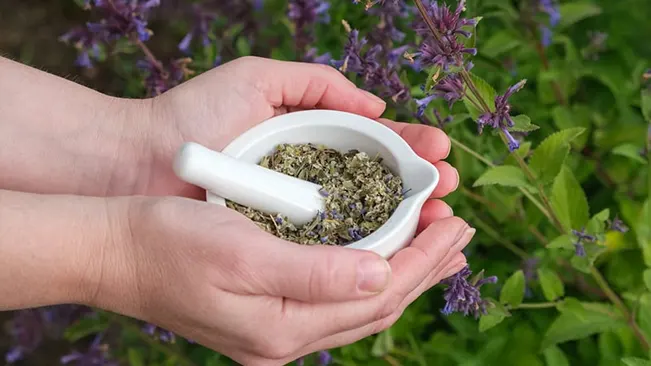
Beyond its ornamental value, Hyssop Plant has long been revered for its medicinal properties and culinary uses. With a history dating back to ancient times, this herb has been employed in traditional medicine to alleviate respiratory issues, aid digestion, and promote overall well-being. In culinary applications, Hyssop Plant adds a subtle minty, slightly bitter flavor, enhancing dishes ranging from meats and stews to salads and teas.
Characteristics of Hyssop Plant
| Characteristics | Description |
| Scientific Name | Hyssopus officinalis |
| Common Names | Hyssop, Garden Hyssop |
| Family | Lamiaceae (Mint family) |
| Native Region | Native to Southern Europe, the Middle East, and the region surrounding the Caspian Sea. |
| Plant Type | Perennial herb |
| Size | Grows to about 60 cm (24 inches) in height. |
| Leaves | The leaves are narrow, lanceolate, and dark green, approximately 2–5 cm in length. |
| Flowers | Hyssop flowers are small, blue, and tubular, typically blooming in the late spring to early autumn. |
| Propagation | Propagated through seeds, cuttings, or division. |
| Drought Tolerance | Hyssop has good drought tolerance once established. |
| Cultural Uses | Traditionally used for medicinal and culinary purposes; also a popular ornamental plant. |
| Ecological Role | Attracts bees, butterflies, and other beneficial insects, aiding in pollination. |
| Notable Species | Hyssopus officinalis is the primary species of its genus with notable varietal forms. |
| Hardiness Zones | Suitable for USDA zones 3 to 11. |
| Growth Rate | Moderate growth rate. |
| Lifespan | Can live several years as a perennial, with proper care and in suitable conditions. |
Botanical Beauty of “Hyssop Plant” Symbolize Purification
The Hyssop plant, a perennial herb belonging to the Lamiaceae family, exudes a botanical charm characterized by its bushy growth and vibrant flower spikes. Its narrow, dark green leaves and striking blue, sometimes pink or white, flowers make it a visual delight in any garden setting. Especially when in bloom from late spring to autumn, it becomes a picturesque feature, attracting onlookers with its classic herb garden aesthetic.
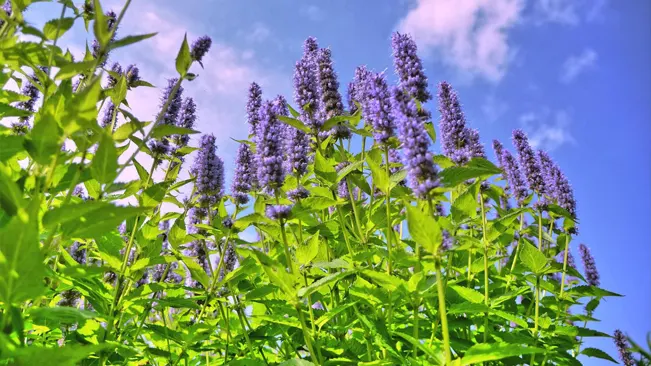
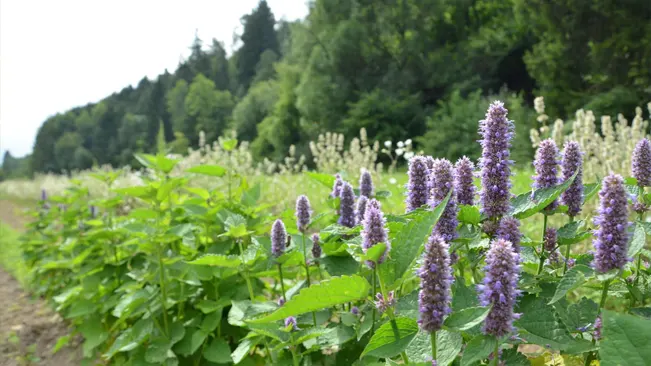
Woodland Elegance: Whispers of the Forest
In a woodland garden, Hyssop Plant adds a touch of elegance with its structured form and vibrant flower clusters. Its ability to attract beneficial pollinators like bees and butterflies contributes to a lively and dynamic woodland ecosystem.
Ecological Importance
Hyssop Plant plays a significant ecological role, especially in attracting and sustaining pollinators. The plant’s flowers are a vital nectar source for bees and butterflies, aiding in the pollination of surrounding flora.
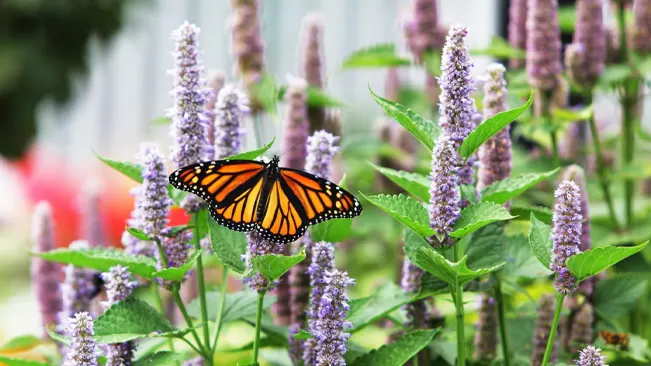
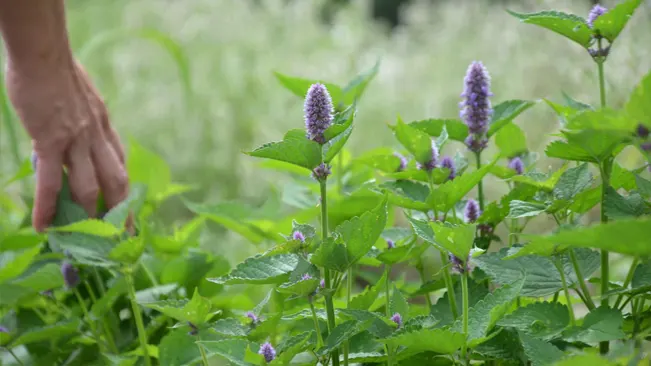
Cultivation and Conservation
Easy to grow and hardy in a range of conditions, Hyssop Plant is a popular choice for both culinary and ornamental purposes. Its cultivation spans from traditional herb gardens to conservation landscapes, emphasizing its adaptability and importance in biodiversity conservation efforts.
Fragrance: Scents of Serenity
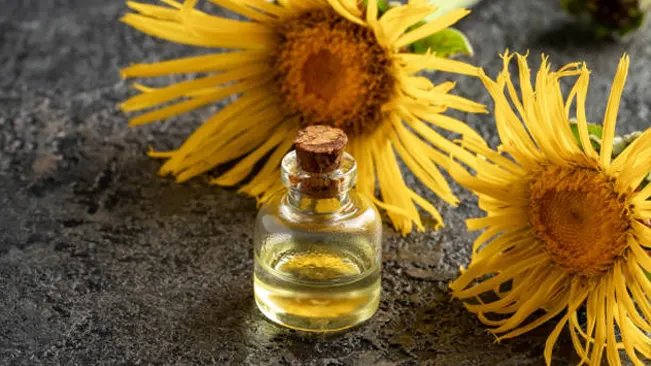
The Hyssop plant, known for its captivating fragrance, is rich in essential oils that emit a potent, sweet, and somewhat camphorous aroma. This scent is most pronounced in its leaves and flowers, making it a popular choice in aromatic gardens. The fragrance of Hyssop Plant has been cherished throughout history, with references dating back to ancient texts, indicating its use in rituals and perfumery.
In addition to its pleasant smell, the fragrance of Hyssop Plant has been associated with calming and soothing properties. This aspect is often utilized in aromatherapy, where its essential oils are believed to help reduce anxiety and promote relaxation. The herb’s aroma intensifies when the leaves are crushed or when the plant is in full bloom, offering a sensory experience in gardens and when used in dried floral arrangements.
The utilization of Hyssop Plant in perfumery and scented products further highlights its olfactory appeal. Its essential oil is used in the creation of natural perfumes, offering a herbaceous and clear note that blends well with other scents. Moreover, in household products like soaps, lotions, and candles, Hyssop’s distinctive fragrance adds a touch of herbal freshness.
Soil Stabilization: Anchoring Earth
Hyssop Plant, with its robust root system, plays a significant role in soil stabilization. Its roots bind the soil effectively, reducing erosion and helping maintain soil structure, particularly on slopes and in areas prone to disturbance. This characteristic makes it an excellent choice for ecological landscaping and restoration projects.
In addition to preventing soil erosion, Hyssop’s root system aids in improving soil health. The roots help aerate the soil and facilitate the infiltration of water, promoting a healthier soil ecosystem. This aspect is particularly beneficial in gardens and landscapes where soil compaction is a concern.
Hyssop’s role in soil stabilization extends to its use in permaculture and sustainable agriculture practices. As a cover crop, it helps protect and enrich the soil between planting seasons.j Its ability to thrive in a variety of soil conditions, including poor soils, makes it a versatile tool in soil management and conservation efforts.
Common Uses: Versatile Virtues
Hyssop Plant has a rich history of use in culinary, medicinal, and ornamental contexts. In the culinary world, its leaves and flowers are used to flavor soups, salads, and meat dishes, offering a hint of mint and bitter taste. It is also a traditional ingredient in herbal teas and liqueurs, valued for both its flavor and purported digestive benefits.
Medicinally, Hyssop Plant has been used for centuries in traditional herbal medicine. It’s believed to have expectorant, antiseptic, and anti-inflammatory properties, making it a common remedy for respiratory conditions, wounds, and muscle aches. Modern herbalists continue to utilize Hyssop in tinctures, teas, and oils for its therapeutic qualities.
In the realm of ornamental gardening, Hyssop’s vibrant flowers and pleasant fragrance make it a popular choice. It’s often planted in herb gardens, borders, and as a part of pollinator-friendly landscapes. The plant’s ability to attract bees and butterflies adds an ecological benefit, enhancing biodiversity in gardens and natural settings.
Benefits: Nature’s Elixir
One of the primary benefits of Hyssop Plant is its role as a natural attractant for beneficial insects. The plant’s flowers are a vital food source for bees and butterflies, playing a crucial role in supporting pollinator populations. This makes Hyssop Plant an essential plant in any pollinator-friendly garden or landscape.
From a health perspective, the essential oils in Hyssop Plant have been studied for their potential antimicrobial and antiviral properties. These characteristics suggest that Hyssop Plant may have applications in natural health products and treatments. Furthermore, the plant’s traditional use in easing respiratory conditions is supported by its expectorant qualities.
Hyssop’s adaptability to different soil types and environmental conditions makes it a valuable plant for gardeners and landscapers. It’s drought-tolerant once established, reducing the need for frequent watering. This resilience, coupled with its ecological and aesthetic appeal, makes Hyssop Plant a practical and attractive choice for a wide range of planting projects.
Different Species of Hyssop Plant
Hyssopus officinalis var. albus
White Hyssop
Similar to common hyssop but distinguished by its striking white flowers. It shares the same aromatic and medicinal qualities, making it a favorite in herb gardens.
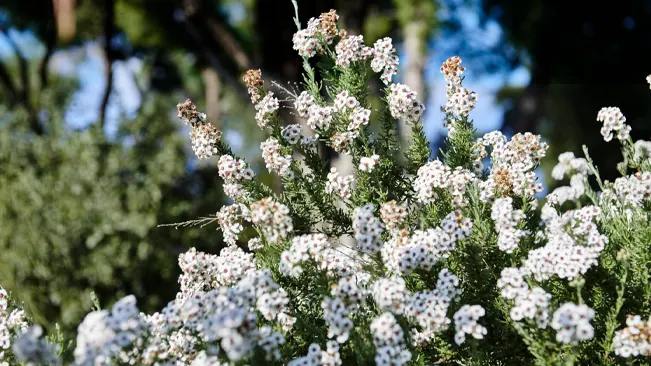
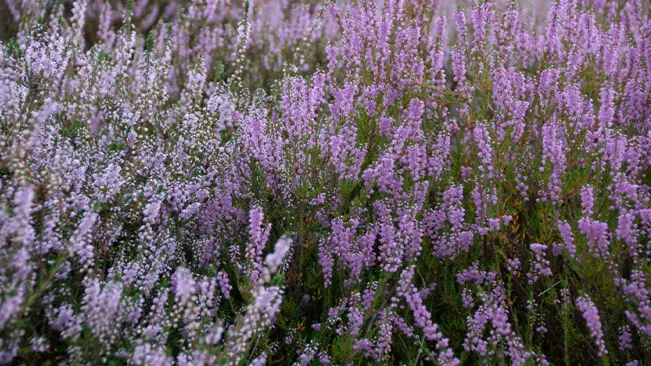
Hyssopus officinalis var. roseus
Pink Hyssop
This variety features beautiful pink flowers, adding a splash of color to gardens. It retains the aromatic leaves and medicinal properties of common hyssop.
Hyssopus angustifolius
Narrow-leaved Hyssop
Characterized by its finer, more delicate leaves, this species produces blue flowers and is known for its strong, camphor-like scent. It’s used in traditional medicine and as an ornamental plant.
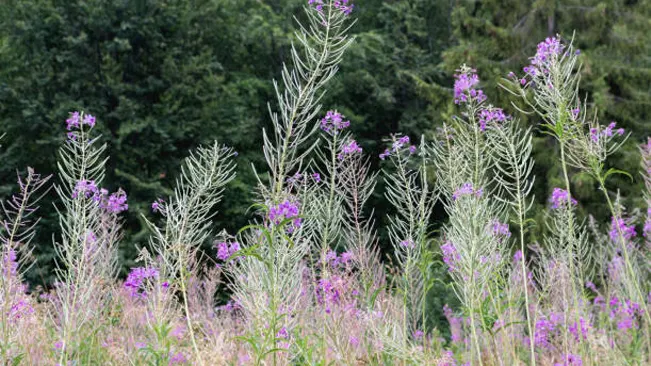

Hyssopus cretaceus
A lesser-known species adapted to rocky, mountainous areas. It typically has a compact growth habit and is used in traditional herbal remedies in its native regions.
Hyssopus Caeruleus
Featuring deep, rich blue flowers, ‘Caeruleus’ is a classic representation of the hyssop plant. It’s highly regarded for its strong, minty aroma and vibrant blooms, commonly used in culinary, medicinal, and ornamental applications.
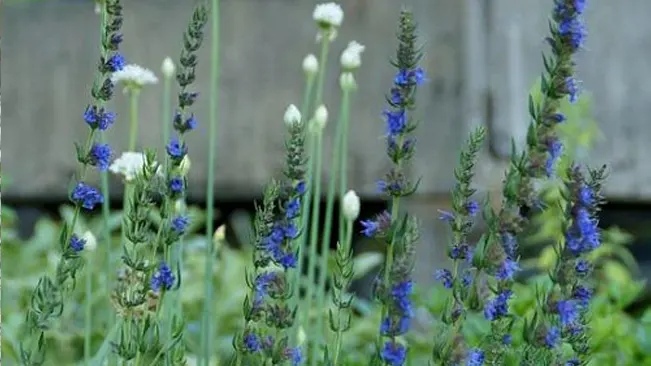
Frequently Asked Questions (FAQs)
- What is Hyssop Plant used for?
Hyssop Plantis used for culinary purposes, as a medicinal herb, and as an ornamental plant in gardens. - How do you grow Hyssop Plant?
Plant Hyssop in well-drained soil, in full sun to partial shade, and water regularly until established. - Is Hyssop Plant easy to care for?
Yes, Hyssop Plant is low maintenance, drought-tolerant once established, and generally pest-free. - Can Hyssop Plant be used in cooking?
Yes, Hyssop Plant leaves can be used to flavor soups, salads, meat dishes, and are also used in herbal teas. - Does Hyssop Plant attract wildlife?
Hyssop Plant is excellent for attracting bees, butterflies, and other pollinators to the garden. - When does Hyssop Plant bloom?
Hyssop Plant typically blooms in summer, offering vibrant blue, pink, or white flowers. - Can Hyssop Plant be grown in pots?
Yes, Hyssop Plant can be successfully grown in pots, making it suitable for balconies and patios. - How tall does Hyssop Plant grow?
Hyssop Plant usually grows to about 60 cm (24 inches) in height. - Is Hyssop evergreen?
Hyssop is a perennial herb and can be evergreen in mild climates but may die back in colder regions. - Are all parts of Hyssop edible?
Primarily the leaves and flowers are edible, while the stems are usually not consumed. Always consult a professional before using any plant medicinally.

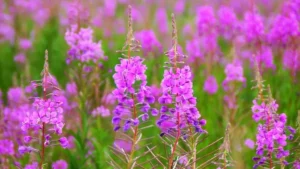
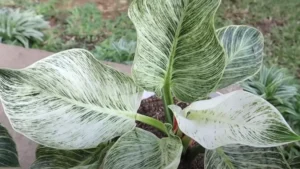
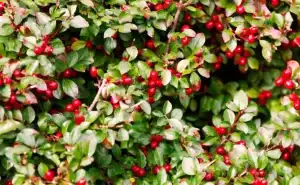
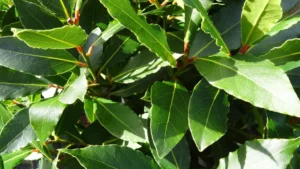
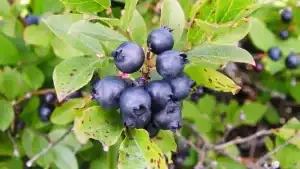
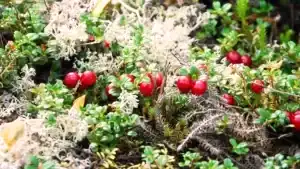
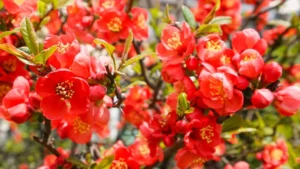

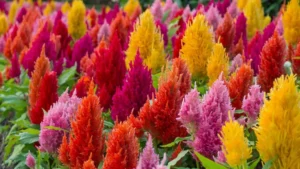

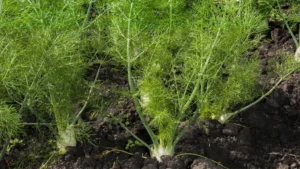
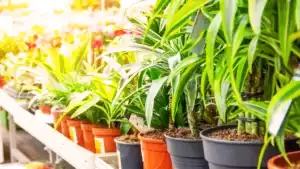
Leave your comment